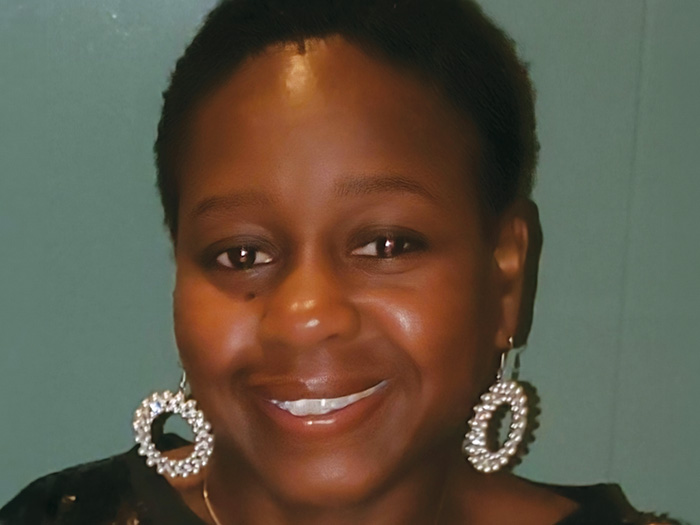Risk Insider: Chris Mandel
Managing Claims Across Silos
The long-minimized and largely untapped synergy between casualty claims and benefit programs may offer opportunities for both industries. Some argue that these worlds are just too different and distinct to bring together, whether through simple alignment or partial to full integration.
Managers are often more comfortable in their own functional areas and sometimes crossing over can stretch expertise and focus. Fundamentally, however, claims are claims though subject to the unique rules of processing and resolution, many of which are dictated by third parties as well as statutes and regulations.
There’s been a shift in thinking and a growing interest in a more collaborative, aligned and even fully integrated services approach — one which takes many forms, but at its core incorporates a more collaborative and combined strategy from date of incident through claim closure. The targeted goals for this approach are:
- Ensuring an appropriate employee experience throughout the life of the claim
- Targeting and delivering outcome optimization
- Minimizing the cost of risk associated with the reasons employees are under medical care and/or unable to contribute productively to their employer’s mission
Shared Goals
On its face, the value of collaboration seems obvious. From both an employee benefits and risk management perspective, providing care for the individual is of the utmost importance. One of the main objectives is ensuring the right outcomes, which includes leveraging the basic skill sets of investigation, verification, documentation and equitable resolution that are common between these two realms.
The nuances and distinctions that exist between them are not insignificant, but the key goals are the same — caring for people under medically-related distress (regardless of source), minimizing disruptions to workforce productivity, and closing claims efficiently and effectively with fairness to all parties and their respective goals and objectives.
Although these objectives have varying levels of importance in each field, they are fundamental to process effectiveness in both. This is not to say that there aren’t peculiar and unique aspects of each that require certain expertise and skills to achieve more specific end goals.
However, while blending skill requirements among a common group of claims professionals can be challenging, it is not rocket science. Defining and filling positions to enable successful claims handling in both worlds is imminently doable. The biggest hurdle may in fact be the necessary extent of collaboration among and between these typically distinct functional areas and their leaders in order to secure the best outcomes for injured employees.
Many employers are already effectively managing employee injury and disease exposures. There are discernable trends emerging toward fewer silos, and more performance-oriented measurements that are focused on short- and long-term strategies. Those companies taking a more collaborative approach can benefit from key elements such as:
- Compassionate care that puts employee interests first
- Integrated reporting and measurement across departments
- Robust analytics that result in prescriptive actions with impact
- Innovative tools targeted to specific process opportunity areas
- A more holistic focus on the care of affected employees
- The over-arching goal of a healthy, productive workforce
So whether or not you have direct responsibility for both functional areas, I urge you to lead the charge that would leverage this opportunity for the benefit of your organization.










